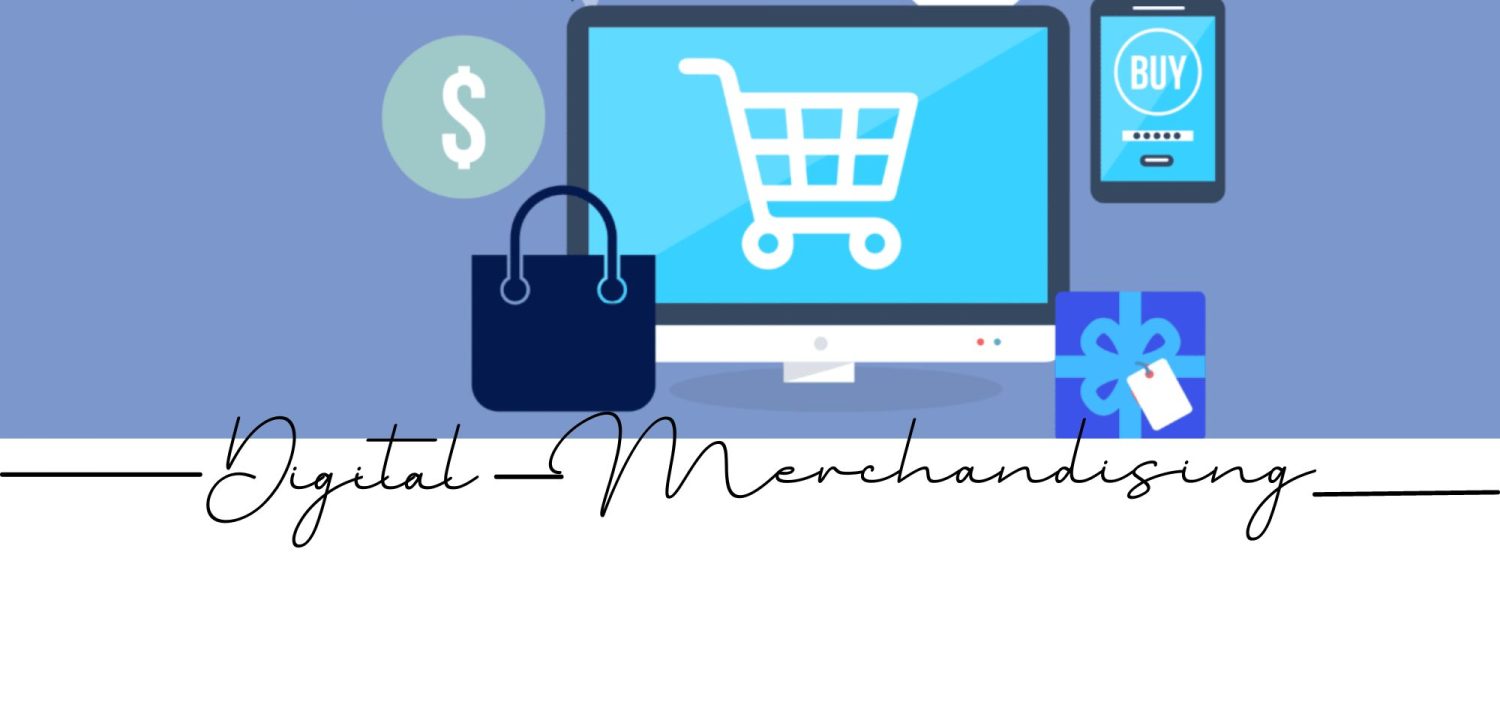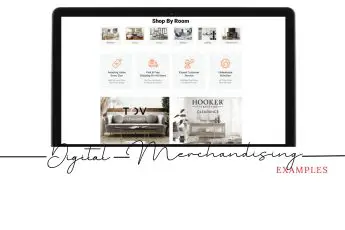Digital Merchandising
What is Digital Merchandising?
Digital merchandising is the practice of using digital tools and technologies to display, promote, and sell products and services online. It involves using digital channels such as websites, social media, email marketing, and mobile apps to create engaging and personalized experiences for customers.
Digital merchandising involves using data and analytics to gain insights into customer behavior and preferences, and using this information to optimize product placement, pricing, and promotion. By leveraging technology such as artificial intelligence, machine learning, and virtual and augmented reality, retailers can create immersive and interactive shopping experiences that enhance the customer journey and increase sales.
Digital merchandising also involves using targeted advertising and content marketing to drive traffic to online stores and increase brand awareness. It can also involve using personalization and recommendation engines to offer customers personalized product recommendations and promotions based on their interests and past behavior.
Overall, digital merchandising is an essential part of modern retail, as consumers increasingly turn to digital channels to research and purchase products. By leveraging digital tools and technologies, retailers can create engaging and personalized experiences that drive sales and build long-term customer loyalty.
Best Examples of Digital Merchandising
Digital merchandising has revolutionized the way retailers interact with their customers, and there are many great examples of successful digital merchandising strategies. Here are a few of the best:
- Sephora Virtual Artist: Sephora’s Virtual Artist app uses augmented reality to allow customers to try on makeup virtually. By scanning their face, customers can experiment with different shades and products to find the perfect match. This technology helps customers make more informed purchase decisions and enhances their shopping experience.
- Nike Fit: Nike Fit is a mobile app that uses augmented reality to measure a customer’s feet and recommend the perfect size for Nike shoes. This technology takes the guesswork out of online shoe shopping and reduces the number of returns due to ill-fitting shoes.
- Target’s Cartwheel App: Target’s Cartwheel app uses gamification to incentivize customers to purchase more items. Customers can access discounts and special deals by using the app while they shop. This app has been hugely successful in increasing customer engagement and driving sales.
- H&M’s Chatbot: H&M’s chatbot uses artificial intelligence to help customers find the perfect outfit. Customers can input their preferences and the chatbot will recommend outfits based on their responses. This technology enhances the shopping experience and helps customers make more informed purchase decisions.
- Starbucks Rewards Program: Starbucks’ rewards program uses digital technology to incentivize customer loyalty. Customers can earn points for purchases made with their Starbucks app, and these points can be redeemed for free drinks and other rewards. This program has been hugely successful in driving customer loyalty and repeat business.
Overall, the best digital merchandising strategies are those that enhance the customer experience and drive sales by making it easier and more convenient for customers to make purchases. By leveraging technology, retailers can create more personalized and engaging shopping experiences that keep customers coming back.
How analytics and digital will drive next generation retail merchandising
In recent years, the retail industry has undergone a significant transformation with the introduction of digital technologies. With the proliferation of online shopping and e-commerce, traditional brick-and-mortar retailers are facing increased competition and are being forced to adopt digital strategies to remain relevant. One area that has seen significant innovation is retail merchandising.
Retail merchandising refers to the process of creating an attractive and engaging in-store experience that encourages customers to make purchases. In the past, this process was largely driven by intuition and experience. However, with the advent of digital technologies, retailers now have access to vast amounts of data and analytics that can help inform and optimize the merchandising process.
Here are some ways in which analytics and digital technologies are driving the next generation of retail merchandising:
- Personalization: By collecting data on customer behavior and preferences, retailers can tailor their merchandising strategies to individual customers. This can include personalized product recommendations, targeted promotions, and customized in-store experiences.
- Real-time data analysis: With the help of real-time analytics, retailers can quickly identify and respond to changing market trends and customer preferences. This can help retailers stay ahead of the competition and make informed decisions about product assortments and pricing.
- Digital signage: Digital signage can be used to create a more engaging and interactive in-store experience. By displaying dynamic content and targeted promotions, retailers can capture the attention of customers and drive sales.
- Virtual and augmented reality: Virtual and augmented reality technologies can be used to create immersive shopping experiences that allow customers to try on clothes, test products, and explore virtual store environments.
- Mobile technology: Mobile technology can be used to enhance the in-store experience by providing customers with personalized product recommendations, real-time promotions, and mobile payments.
- Inventory management: By using data analytics to track inventory levels and customer demand, retailers can optimize their product assortments and ensure that popular items are always in stock.
In conclusion, analytics and digital technologies are revolutionizing the retail merchandising industry by providing retailers with unprecedented access to data and insights. By leveraging these technologies, retailers can create more engaging and personalized in-store experiences that drive sales and increase customer loyalty.





